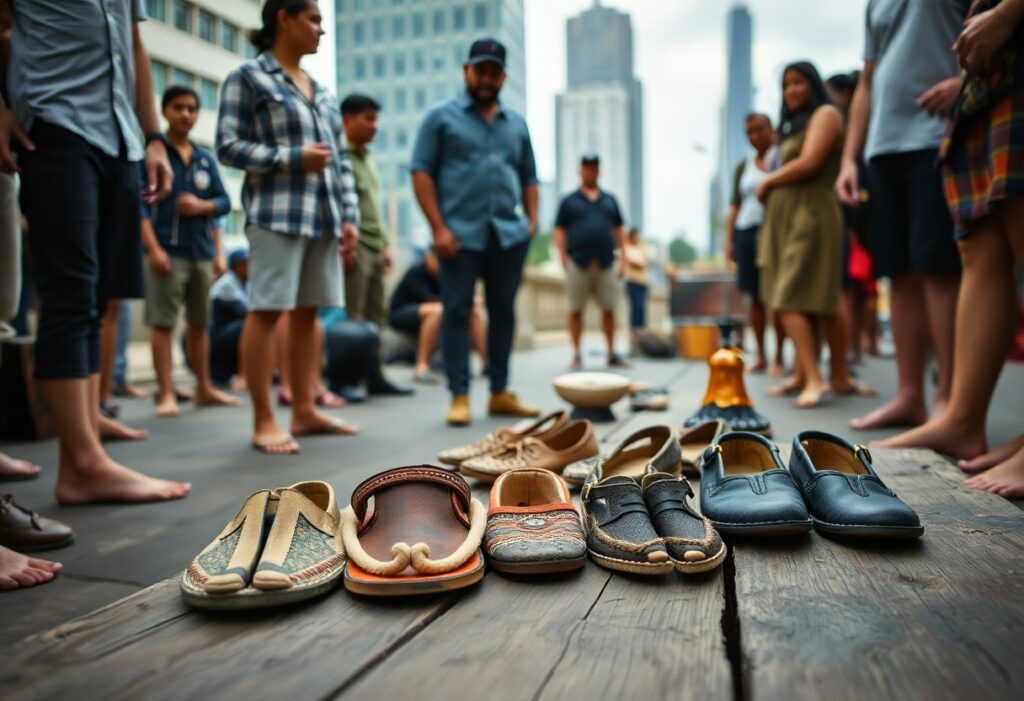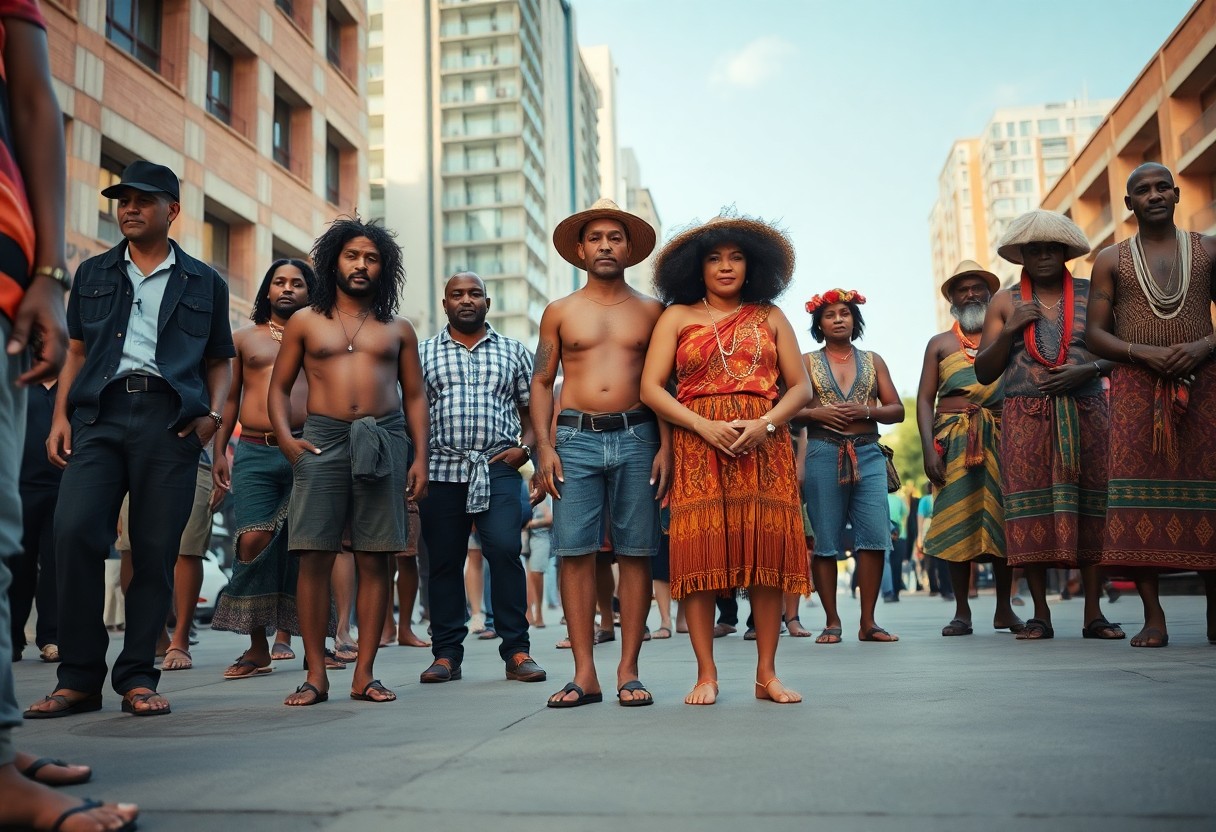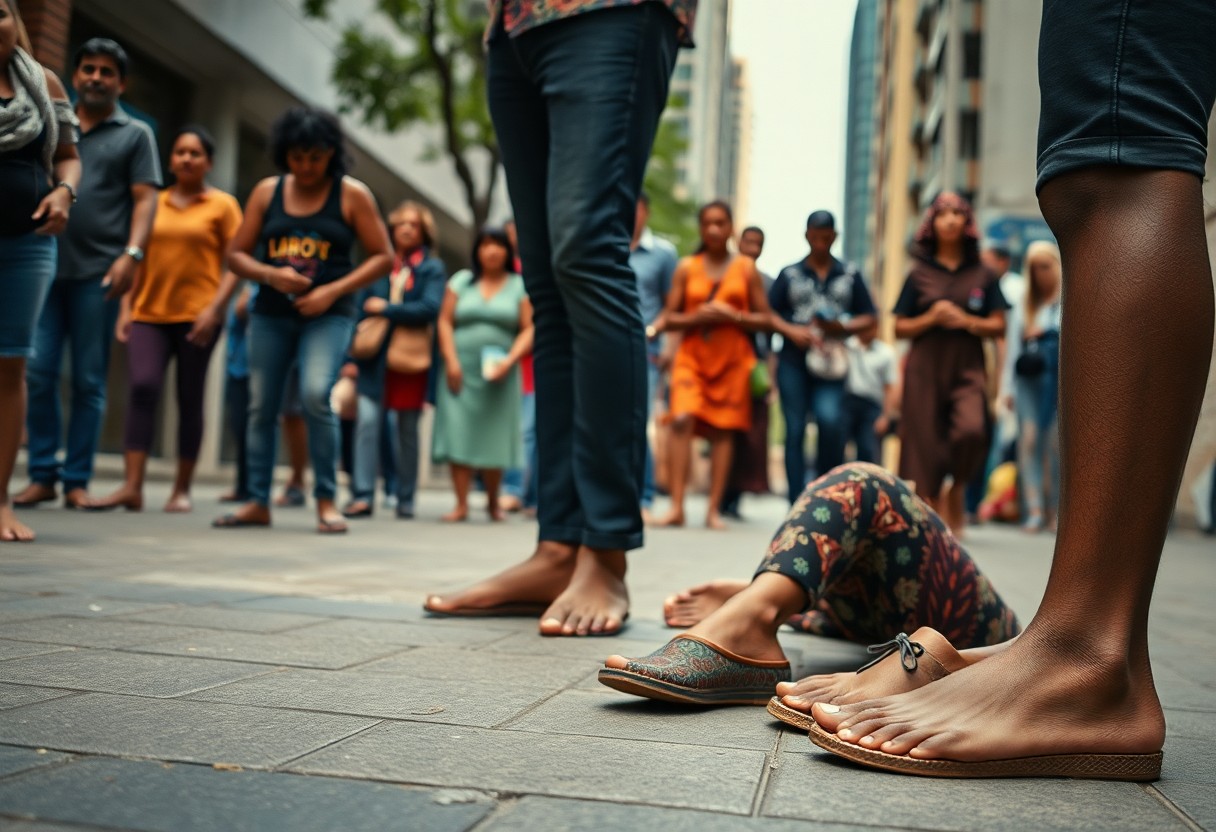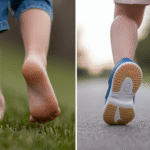
Diving into the realm of barefoot footwear through the perspective of cultural anthropology reveals fascinating stories that intertwine the age-old traditions of Aboriginal cultures with the contemporary urban environment. As you embark on this captivating exploration, you will discover how cultural beliefs and practices surrounding minimalist footwear influence our perceptions of comfort, our connection to nature, and the ways we express our individuality. Gaining insights into these themes not only broadens your understanding but also encourages a reassessment of how your choice of footwear can reflect profound cultural significance and personal identity.

Bridging the Gap Between Ancient Footwear Traditions and Modern Innovations
The current landscape of the footwear market is an intricate tapestry blending ancient practices with cutting-edge innovations, fostering a growing appreciation for <a href="https://limitsofstrategy.com/barefoot-footwear-merging-biomechanics-with-user-search-trends/">barefoot footwear</a>. This journey pays tribute not only to traditional indigenous techniques but also adapts them to fit seamlessly into your modern lifestyle. By recognising the value of historical practices, you can uncover an exciting fusion of cultural respect and practical aesthetics in your daily footwear selections, enhancing your personal style while paying homage to the past.
Examining Indigenous Foot Conditioning Practices Versus Modern Approaches
Across the globe, indigenous communities have employed specific conditioning techniques to strengthen their feet for various terrains. Methods such as walking barefoot on diverse surfaces have developed the arches and muscles in ways that many contemporary interpretations often struggle to replicate. Although you may find minimalist footwear designed to emulate these effects today, they seldom provide the genuine experience of true contact with the earth, which is essential for fostering natural foot strength and flexibility.
The Evolution of Military Footwear: From Ancient Caligae to Today's Tactical Boots
The narrative of military footwear is an intriguing tale of adaptation and innovation, evolving from the robust Roman caligae, engineered for strength and grip, to contemporary tactical boots that combine protection with agility and comfort. A closer examination of these transitions highlights a consistent principle: in challenging environments, functionality is paramount, necessitating equipment that enhances endurance and mobility for soldiers.
The Roman caligae epitomised a sophisticated response to military requirements, crafted from durable leather with an open-toe design for breathability. This ancient footwear featured thick soles that effectively absorbed shock and provided crucial traction, essential in combat situations. Fast forward to the present day, and tactical boots are now constructed from advanced materials such as Kevlar and waterproof membranes to enhance durability and performance. These modern designs incorporate padded collars and state-of-the-art cushioning systems to reduce injury risks during demanding military operations. By appreciating the heritage of military footwear, you can clearly observe how these historical styles have paved the way for contemporary innovations, seamlessly merging heritage, practicality, and cutting-edge technology to meet the requirements of today’s warriors.

Exploring the Discrepancies in Footwear Choices Between Urban and Rural Settings
The contrasting footwear selections found in urban versus rural environments reveal significant cultural and practical differences. Urban areas tend to prioritise style and brand identity, while rural settings often focus on practicality and durability. As barefoot footwear gains traction, urban dwellers increasingly adopt its minimalist design as both a fashion statement and a means to achieve perceived health benefits. In contrast, individuals residing in rural locales may remain hesitant, influenced by traditional norms and the practical requirements of their surroundings.
Noteworthy Trends in Urban Embracement of Barefoot Footwear
In metropolitan regions, a noticeable trend towards the acceptance of barefoot footwear is emerging, with adoption rates steadily climbing over the past decade. This shift is propelled by several factors, including an increase in health consciousness, a growing interest in natural movement, and the impact of fitness trends such as yoga and running. Surveys indicate that approximately 35% of urban inhabitants have actively sought out barefoot-style shoes, signalling a cultural transition towards embracing innovative biomechanics.
Investigating Gender-Based Barriers to Adoption: Who is Leading the Movement?
Gender dynamics play a crucial role in the acceptance of barefoot footwear, with varying motivations influencing the footwear choices of men and women. Women often face greater societal pressures regarding fashion and aesthetics, which can impede their willingness to adopt minimalist styles. Conversely, men may be more motivated by the performance and health benefits offered by these shoes, resulting in higher adoption rates among male consumers.
A deeper exploration of the gendered aspects of barefoot footwear adoption reveals that societal expectations significantly shape women's choices. Women frequently navigate a landscape where ideals of beauty and fashion overshadow practical health considerations. For instance, research suggests that approximately 45% of men in urban settings are inclined towards barefoot shoes, compared to only 30% of women. Female consumers often grapple with the balance between style and functionality, making them more cautious as they assess the aesthetics of barefoot footwear against their need for comfort and support. By empowering women through targeted awareness initiatives and showcasing fashionable barefoot options, the willingness to adopt this trend may increase, potentially reshaping urban footwear conversations and fostering inclusivity across genders.

Groundbreaking Developments Shaping the Future of Barefoot Footwear
As the demand for barefoot footwear continues to surge, innovative technologies are set to revolutionise your experience of comfort and performance. Advances in materials science and personalised fitting techniques will not only enhance functionality but also customise your walking experience, merging traditional knowledge with modern design principles. We are entering an era where your footwear is as unique as the journey it accompanies, leading to unparalleled comfort and performance.
Personalisation through 3D Scanning: Creating the Ideal Fit
The introduction of 3D scanning technology is transforming the world of barefoot footwear customisation, allowing for a precise fit that conforms to your unique foot shape. Instead of accepting standard sizes, your shoes can be meticulously tailored to match the contours of your feet, significantly enhancing comfort and reducing the likelihood of injuries. Custom-fit options will not only elevate your walking experience but also make barefoot shoes more accessible to individuals with varying foot shapes and sizes.
Incorporating Smart Sensors: The Future of Footwear Technology
The integration of smart sensors into barefoot footwear is poised to redefine the landscape by embedding technology directly into the soles. These innovative features can monitor various metrics, from distance covered to foot pressure, providing you with invaluable insights to optimise your walking or running habits. With real-time data at your fingertips, you can adjust your activities to enhance performance and ensure safety.
Imagine having access to real-time analytics as you walk or run. Smart sensors can track your gait, alerting you to any abnormalities that might lead to injury. Some forward-thinking brands are already developing footwear capable of analysing your foot’s impact on different surfaces, offering personalised recommendations for style or cushioning adjustments on the fly. This pioneering integration fuses smart technology with the traditional barefoot philosophy, ensuring that you maintain a natural stride while leveraging the latest advancements in wearable technology. The possibilities for enhancing sports performance, rehabilitation, and everyday comfort are boundless, fundamentally reshaping how you interact with your environment with every step.
Contemplating the Journey of Barefoot Footwear
Your examination of the cultural anthropology surrounding barefoot footwear reveals a rich narrative woven from the threads of Aboriginal traditions to contemporary urban practices. By embracing the principles of natural movement and a connection to the earth, you gain insights into how this footwear ethos transcends mere fashion, significantly impacting lifestyle choices and community values. As you reflect on these diverse viewpoints, consider how your footwear selections can embody and promote a deeper understanding of cultural heritage and adaptability in today’s society.
The Article Cultural Anthropology of Barefoot Footwear: From Aboriginal Traditions to Modern Urban Adoption appeared first on My Shoes Finder
The Article Cultural Anthropology of Barefoot Footwear: Traditions to Today Was Found On https://limitsofstrategy.com







